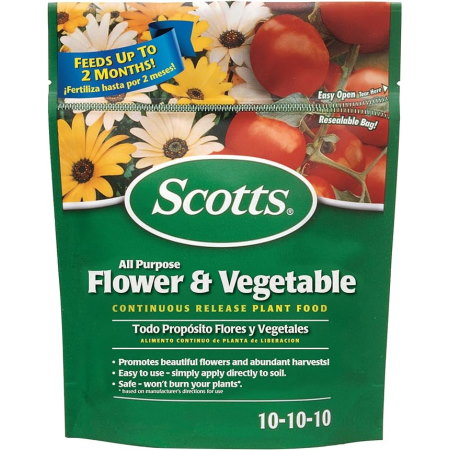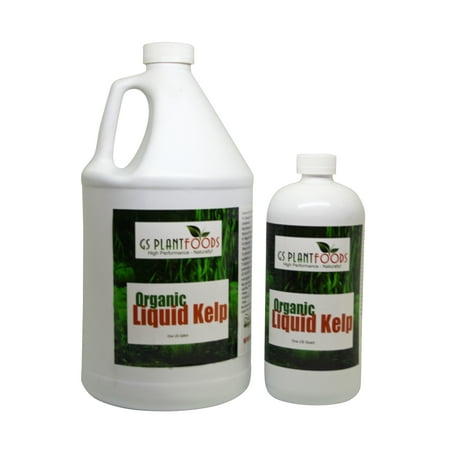You must fertilize melons at 2 crucial times – here’s how to get the best fruits as experts reveal the top feeds for these pivotal moments
When and how to fertilize melons, plus the potential mistakes to avoid
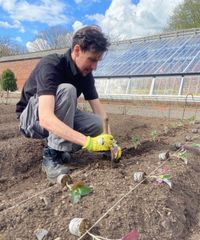
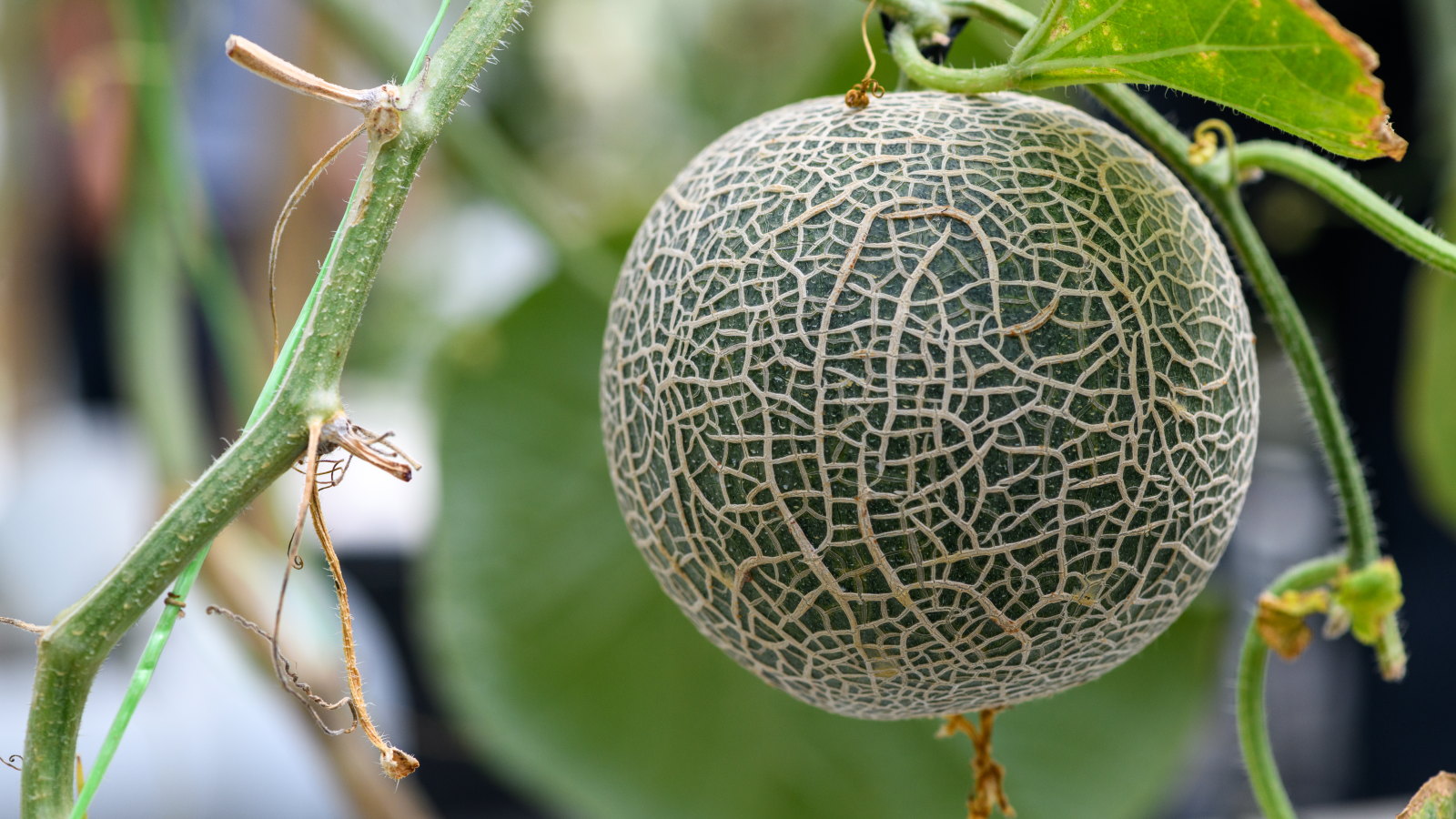
Melons can reach 4-8 pounds and grow on sprawling vines, so it should come as no surprise that the plants are heavy feeders. It is key to give plants all the nutrients they need, so let's look in-depth at how to fertilize melons for the best yields.
The secret is to fertilize melons at certain crucial stages during their development, namely at the time of planting and when they start flowering. The nutrient needs shift throughout the season, so you must pick the right fertilizer for the right time.
When it says melon, it refers to sweet fruits in the Cucumis melo genus, such as cantaloupe or honeydew melons, rather than watermelons (Citrullus lanatus). This guide focuses on when and how to fertilize melons throughout the growing season, including picking the right feeds for those all-important times.

When and how to fertilize melons
I have grown fruit, vegetables, flowers, and herbs for many years, including spending a long period as a professional gardener and growing edibles for restaurants in vegetable gardens. To help me cover all you need to know about fertilizing melons, I spoke to two expert growers to get their insights and recommendations, which will help you have healthy plants and fantastic fruits.
When to fertilize melons
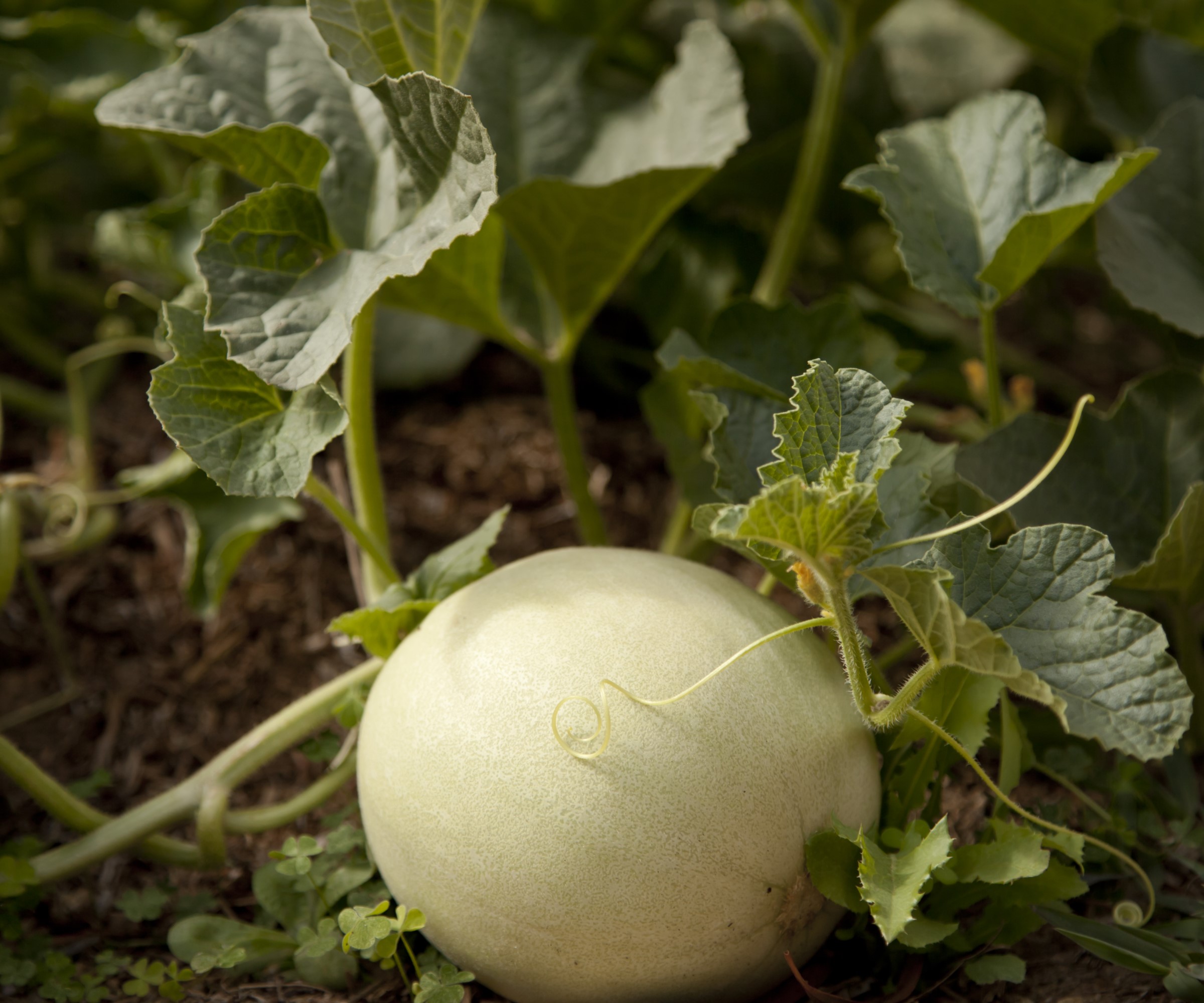
Melons are heavy feeders that need a lot of nutrients as they grow vigorous vines and produce large fruit. It means that giving them a strong supply of nutrients is essential for strong growth and good yields.
It all starts before planting. Melons prefer fertile soil types, and adding organic matter, such as compost or well-rotted manure, will boost the nutrient levels in the ground to get plants off to a strong start.
Once the soil is prepared and plants are ready to go into the ground, this is an important time to fertilize melons.
Design expertise in your inbox – from inspiring decorating ideas and beautiful celebrity homes to practical gardening advice and shopping round-ups.
Robin Phelps, gardening and preserving coach for Sow Many Plants, says this is one of the two ‘most crucial’ stages of feeding melons during the growing season.
She explains: ‘Melons need feeding just after transplanting and again at the early flowering stage. This is when the plants need energy for vine development and fruit set.’
Once the first flowers appear, Robin recommends feeding every 2–3 weeks until late summer when the foliage starts to die back and the fruits ripen.

Robin Phelps is a Gardening and Preserving Coach, with a passion for nurturing green spaces and preserving the bounties of nature. With over 20 years of experience in gardening, Robin began her journey in a small apartment with a balcony and has since expanded to growing on 3 acres. She has evolved into an expert gardener and is eager to guide others on their gardening journey.
How to fertilize melons
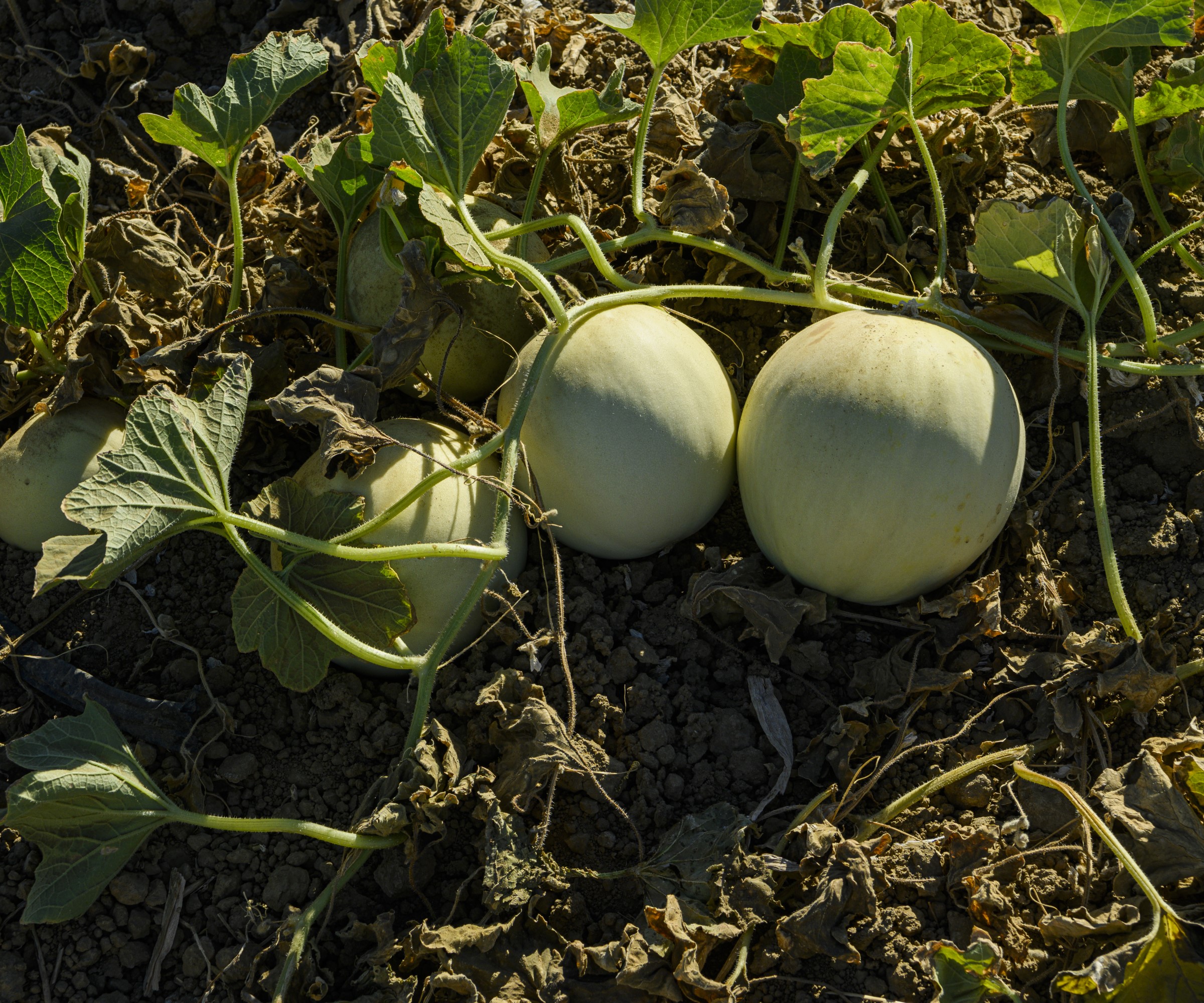
Using the right feed and providing the right nutrients at different times in the growing season can make the difference between success and failure with melons.
It is important to avoid making any fertilizing mistakes that can end up wrecking your ambitions and leave little honeydew or cantaloupes to pick come harvest time.
Nitrogen is an important nutrient in the early stage of the melon plant’s life, after transplanting seedlings into the vegetable garden, as it is vital for supporting strong vine growth and leaf development.
At this stage, opt for a feed with a higher nitrogen level, such as an N-P-K ratio of 10-5-5 or a balanced all-purpose fertilizer to get the plant off to a strong start.
Susan Mulvihill, an experienced grower and author of The Vegetable Garden Pest Handbook, prefers granular fertilizer when planting seedlings for the best results.
‘I dig the planting hole a couple of inches deeper than the root ball, sprinkle in some balanced fertilizer, cover it with about an inch of soil, and then plant the seedling,’ she says.
‘That way, the roots won’t be in direct contact with the fertilizer at planting time but they'll access the fertilizer as they grow.’
The melon plant’s nutrient needs shift once it starts flowering. At this stage, it wants less nitrogen and more potassium and phosphorus.
Robin Phelps recommends opting for feeds with N-P-Ks of 5-10-10 or 4-6-8, citing liquid seaweed or fish emulsion as good options to support healthy fruiting.
For the development of fruits, any product also wants to contain calcium to reduce the risk of fruits succumbing to blossom end rot, which troubles melons, eggplant, peppers, and tomatoes when a lack of calcium causes sunken spots on the fruits.
She adds: ‘Liquid kelp and calcium-magnesium supplements help prevent blossom end rot and improve size and sweetness.’
Opting for a high-nitrogen fertilizer once the melon plants start flowering will negatively affect fruiting. You’ll get strong vines but little flowers or fruit, and it is an error best avoided.
It is vital to only ever use any fertilizer at the recommended rates. If you over-fertilize plants, the leaves may wilt or go brown around the edges, or you may see a white crust forming on the soil surface.

Susan Mulvihill is the author of 'The Vegetable Garden Problem Solver Handbook', available at Amazon, and gardens on 5 acres in Spokane, Washington State. She has also been writing garden columns for the Sunday edition of The Spokesman-Review newspaper for nearly 20 years.
Shop products to fertilize melons
FAQs
Can you use Miracle-Gro on melons?
Yes, you can use Miracle-Gro products on melons. For example, this Miracle-Gro plant feed for edibles on Amazon is suitable for use on melons once they start flowering. It is a liquid feed high in phosphorus that will help to develop and ripen fruits.
Can you feed melons with tomato fertilizer?
A fertilizer designed for use when growing tomatoes is suitable for feeding melons once they start flowering. Such fertilizers are formulated to be higher in potassium and phosphorus to help fruiting, such as this organic tomato food at Walmart with an NPK of 3-5-6.
Is manure good for melons?
Manure is good to add to the site before planting melons as it adds nutrients to the soil and helps with structure, improving the soil’s moisture-holding capacity. It is important to use well-rotted rather than fresh manure, which can burn plant roots.
If you do not have access to animal manure, bags such as these chicken manure pellets at Walmart can help condition the soil and provide plants with nutrients.
When you grow watermelon, the plants like a similar feeding regime to melons. However, they will benefit from an extra dose of feed around a month after planting watermelon in the garden in spring.
This should be courtesy of a balanced fertilizer, before switching to one higher in phosphorus and potassium once the plants start flowering similar to melons.
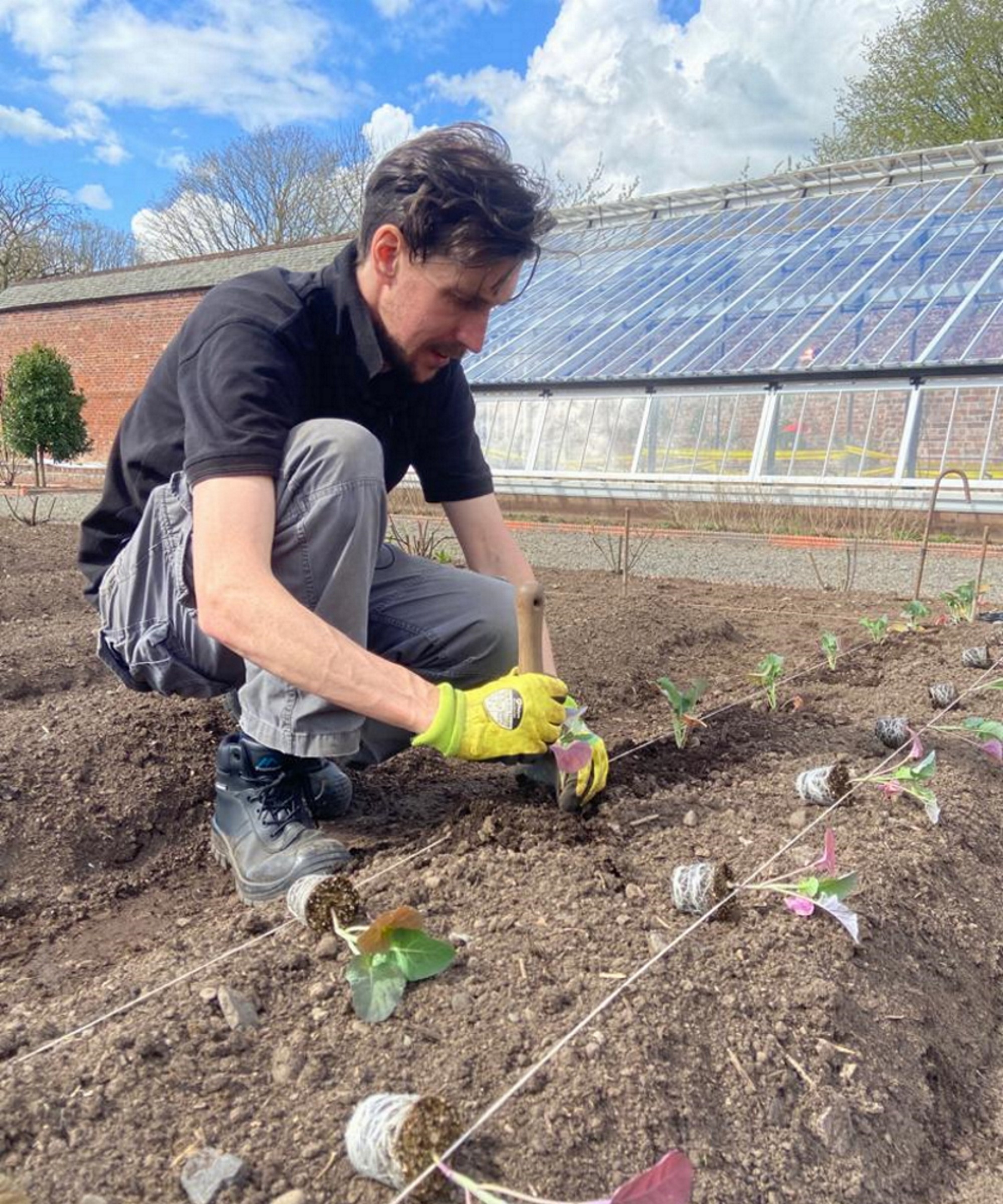
Drew has worked as a writer since 2008 and was also a professional gardener for many years. As a trained horticulturist, he worked in prestigious historic gardens, including Hanbury Hall and the world-famous Hidcote Manor Garden. He also spent time as a specialist kitchen gardener at Soho Farmhouse and Netherby Hall, where he grew vegetables, fruit, herbs, and cut flowers for restaurants. Drew has written for numerous print and online publications and is an allotment holder and garden blogger. He is shortlisted for the Digital Gardening Writer of the Year at the 2025 Garden Media Guild Awards.
